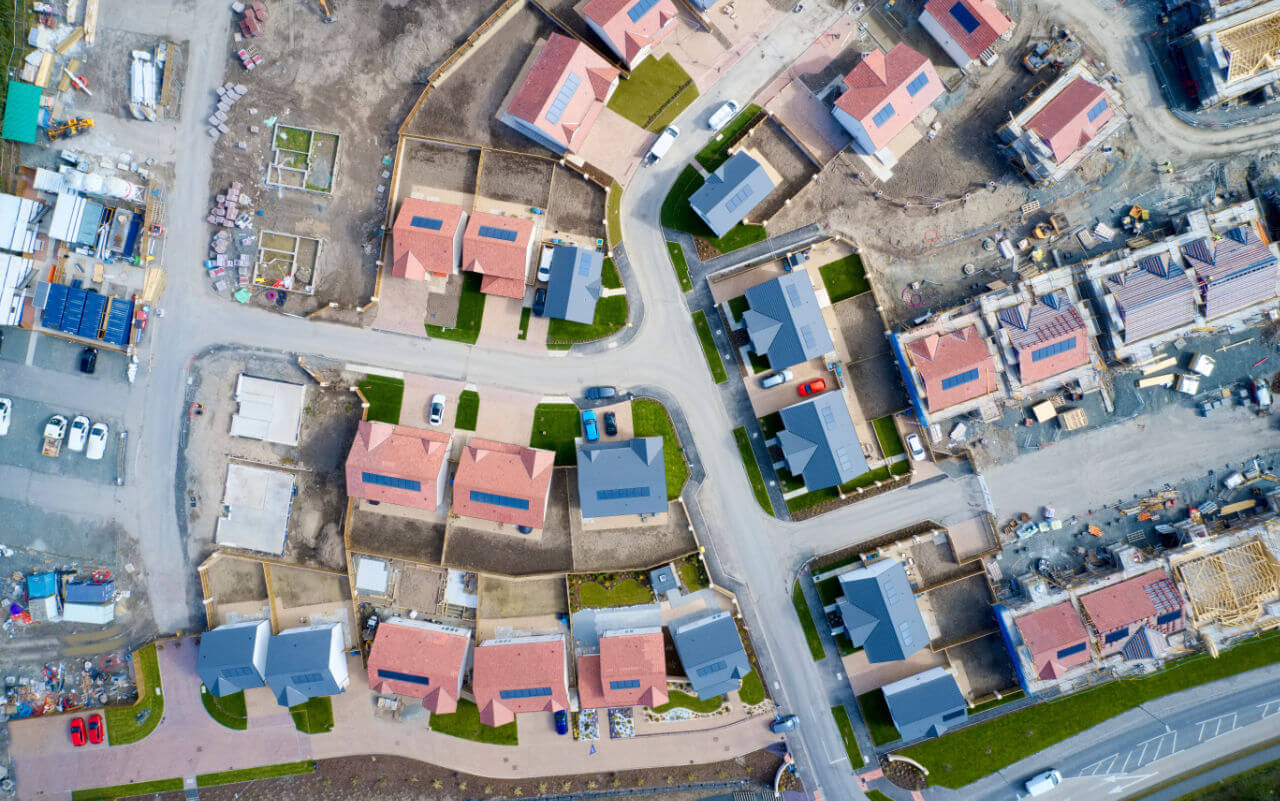The housebuilding industry experienced a perfect storm of financial, economic, and political pressures in 2023, resulting in the lowest level of delivery in 15 years.
As we enter 2024, many will have hoped for some relief from such challenging conditions. While falling inflation and lower interest rates present a welcome shift in the economic climate, ongoing policy uncertainty is set to continue to hold the industry back. This, in particular, has led to estimates that housebuilding will fall further still – to levels not seen since the financial crisis.
At a time when the country is already facing a severe housing shortage it’s imperative that government provides a regulatory environment where developers can thrive. However, uncertainty over future policy direction thanks to a potential change in government later this year means that the waters are likely to remain muddy for some time.
The situation as it stands – uncertainty over new levies
The past 18 months has seen a renewed impetus from government to address inefficiencies within the sector and support the delivery of new affordable housing. Most notably, the Levelling up and Regeneration Act (LURA) – passed in October 2023 – has put provisions in place for a faster and less bureaucratic planning process.
But, while the sentiment is positive, there remains a lack of clarity regarding how these major policy changes will be implemented. This is breeding hesitancy within the sector, with many developers unsure of the potential impact this may have on the viability of projects.
The most challenging aspect of these changes for housebuilders will be adapting to new requirements for development contributions and charging schedules. The LURA proposes that the existing regime – comprised of S106 and Community Infrastructure Levy (CIL) – be replaced with a new system known simply as the Infrastructure Levy. Having just about come to terms with the complexities of the previous arrangements, these changes have been the cause for widespread concern in the industry. If enacted, the government will need to put careful transitional arrangements in place to avoid bogging down schemes in uncertainty and complexity.
The theme of uncertain new levies also extends to the issue of building safety. The Building Safety Levy – part of the Building Safety Act 2022 – is being introduced to help plug a £3bn gap in public finances to cover the cost of remediating existing buildings which are otherwise ‘orphaned’. Despite being passed in April 2022, the industry is still awaiting key details on the execution of this levy, including the timings for its implementation and further consultation on, most critically of all, how it will be calculated. The Government response to the initial consultation published at the end of January 2024 – while starting to shape some of the thinking on the structure and scope – still leaves many questions unanswered.
The Building Safety Levy serves an important purpose but nevertheless represents another financial burden threatening the viability of all but the smallest (less than 10 homes) residential schemes. It is therefore critical that developers and providers start to invest the time in understanding this developing legalisation and factor it into viability assessments and financial planning.
General election 2024: further changes to come?
The context of this year’s general election also makes it unlikely that the sector will see any longer-term certainty this year. The Labour party is enjoying a healthy lead in the polls, and has been vocal in its opposition to current government’s direction of travel on housing policy. So far, Labour has indicated that housebuilding will be a major plank of its manifesto, but until the starting gun is formally fired on campaigning, exactly how remains to be seen.
What we do know is that a change in government is likely to unpick current policies as well as introducing new ones. Labour has indicated that it would not proceed with the Infrastructure Levy, would reintroduce housing targets for local councils, and would revisit green belt policy restrictions. With Britain pencilled-in to head to the polls in the Autumn, developers can be forgiven for exercising caution when it comes to forward planning.
The focus for developers and providers
With a fluid policy landscape anticipated for 2024, it’s important that the industry takes the time to get its head around new levies so it is well positioned to react to any further policy developments.
Having previously been delayed, the biodiversity net gain mandate will become law from 12 February 2024 meaning immediate attention will need to be given to how planning applications meet these complex requirements. Developers will need to work out how they can either provide a 10% improvement to biodiversity on-site, grapple with more complicated off-site provision, or failing that, pay for expensive statutory credits.
Local authority relationships will play an important role here too as councils grapple with the new legislation and its impacts. Understanding how planning departments will be managing and enforcing new policy will lead to more effective delivery and confidence.
As the severity of economic headwinds begin to ease, the housing industry stands ready and willing to be the solution to the housing emergency that the country currently faces. By taking the time to understand existing and emerging legislation – and remaining agile to a range of potential scenarios after this year’s election – the industry can be in a position to accelerate once more.



